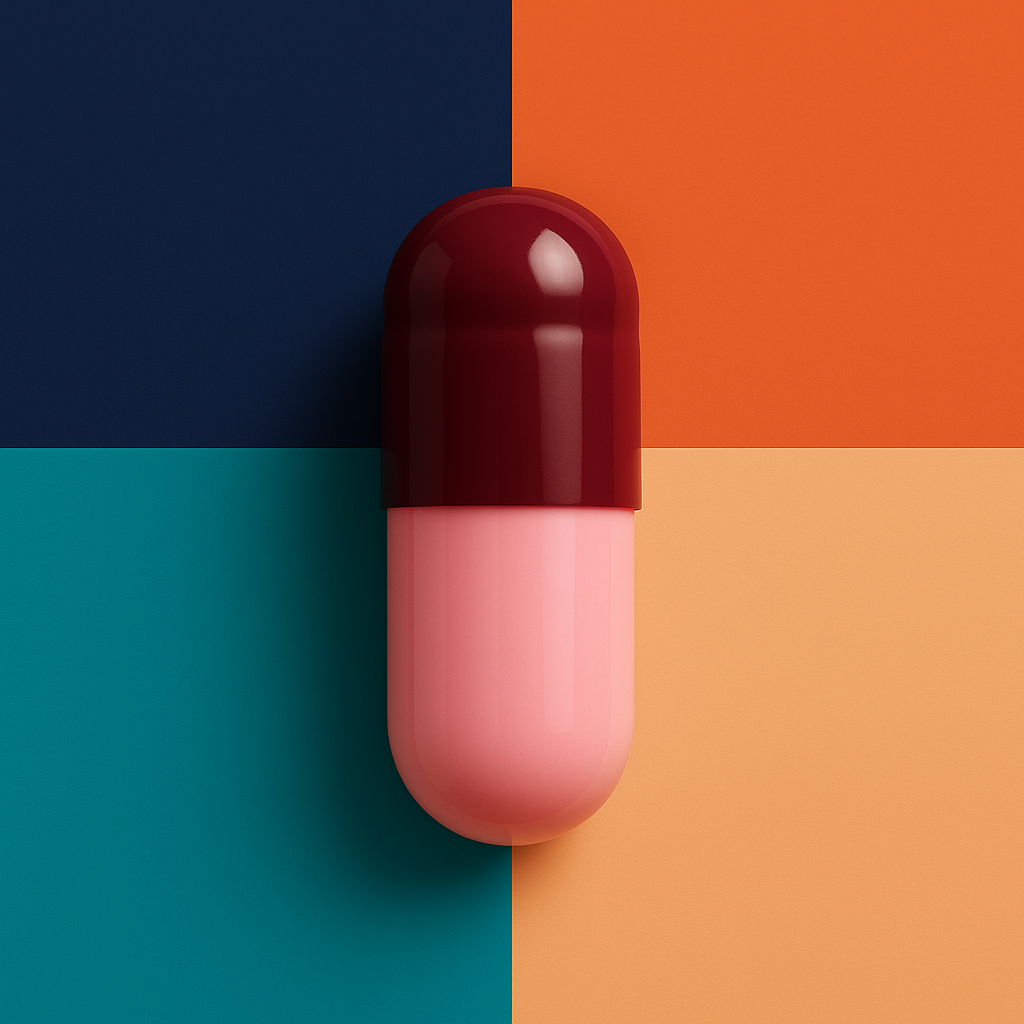


What is minocycline?
Minocycline is used to treat infections caused by bacteria including pneumonia and other respiratory tract infections; certain infections of the skin, eye, lymphatic, intestinal, genital, and urinary systems; and certain other infections that are spread by ticks, lice, mites, and infected animals. It is also used along with other medications to treat acne. Minocycline is also used to treat plague and tuleramia (serious infections that may be spread on purpose as part of a bioterror attack). It can also be used in patients who cannot be treated with penicillin to treat certain types of food poisoning, and anthrax (a serious infection that may be spread on purpose as part of a bioterror attack). It can also be used to eliminate bacteria from your nose and throat that may cause meningitis (swelling of tissues around the brain) in others, even though you may not have an infection. Minocycline extended-release tablets are used to treat certain types of acne and minocycline extended release capsules are used to treat symptoms of rosacea (a skin disease that causes redness, flushing, and pimples on the face). Minocycline is in a class of medications called tetracycline antibiotics. It works to treat infections by preventing the growth and spread of bacteria. It works to treat acne by killing the bacteria that infect pores and decrease a certain natural oily substance that causes acne.
Antibiotics such as minocycline will not work for colds, flu, or other viral infections. Using antibiotics when they are not needed increases your risk of getting an infection later that resists antibiotic treatment.
How should this medicine be used?
Minocycline comes as a capsule, a pellet-filled capsule, a tablet, an extended-release tablet, and an extended-release capsule to take by mouth. The capsules, pellet-filled capsules, and tablets are usually taken twice a day (every 12 hours) or four times a day (every 6 hours), with or without food. To treat acne, the extended-release tablets are usually taken with or without food once a day for 12 weeks. To treat rosacea, the extended-release capsules are usually taken with or without food once a day. Drink a full glass of water with each dose. Follow the directions on your prescription label carefully, and ask your doctor or pharmacist to explain any part you don't understand. Take Minocycline exactly as directed. Do not take more or less of it or take it more often than prescribed by your doctor.
Swallow the capsules, pellet-filled capsules, tablets, extended-release capsules, and extended-release tablets whole; don't split, chew, or crush them.
Continue to take minocycline even if you feel well. Take all the medication until you are finished, unless your doctor tells you otherwise.
What special precautions should I follow?
Before taking minocycline,
What side effects can this medication cause?
Minocycline may cause side effects. Tell your doctor if any of these symptoms are severe or do not go away:
Some side effects can be serious. If you experience any of these symptoms, call your doctor immediately:
Minocycline may cause other side effects. Call your doctor if you have any unusual problems while taking this medication.
If you experience a serious side effect, you or your doctor may send a report to the Food and Drug Administration's (FDA) MedWatch Adverse Event Reporting program online (https://www.fda.gov/Safety/MedWatch) or by phone (1-800-332-1088).
In case of emergency/overdose
In case of overdose, call the poison control helpline at 1-800-222-1222. Information is also available online at https://www.poisonhelp.org/help. If the victim has collapsed, had a seizure, has trouble breathing, or can't be awakened, immediately call emergency services at 911.
Symptoms of overdose may include the following:
🔗 Reference: https://medlineplus.gov/druginfo/meds/a682101.html